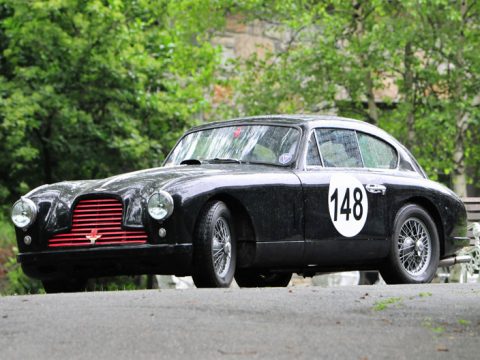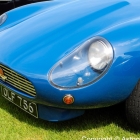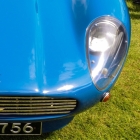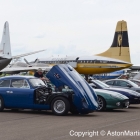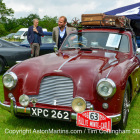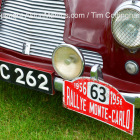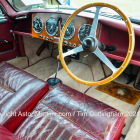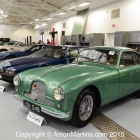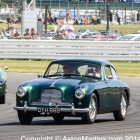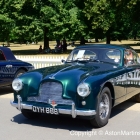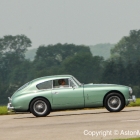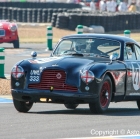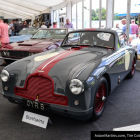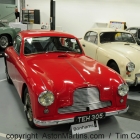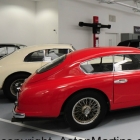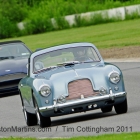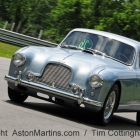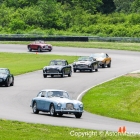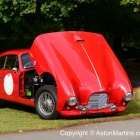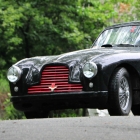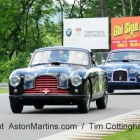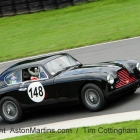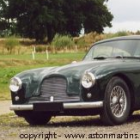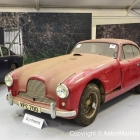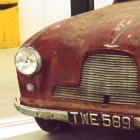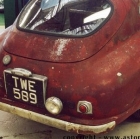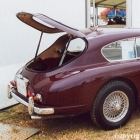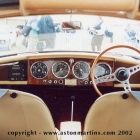The roofline of the DB2/4 was raised so as to provide extra headroom for rear seat passengers. Also the front windscreen became a single piece full width curved affair. 50 years after it was first seen, the hatchback returned to the Aston Martin range on the AMV8 Vantage concept and into production with the Gaydon built V8 Vantage.
As well as the useful hatchback, the DB2/4 can be distinguished from the earlier car by more substantial bumpers with over-riders. That said, its quite common to see DB2/4’s modified for the track without bumpers fitted. Also the headlamps were repositioned slightly higher than on early DB2’s as demanded by new safety regulations.
Initially the DB2/4 had, as standard, the 2.6 litre engine (2580 cc, VB6E/) in Vantage tune producing 125 bhp previously an option on the outgoing DB2. Then from mid 1954, an enlarged 2.9 litre (2922 cc, VB6/J) engine was introduced giving a much improved 140 bhp. Once fitted with the larger capacity engine, the 2.9 litre DB2/4 was capable of a genuine 120mph top speed.
While the DB2/4 is regarded as a Feltham car, they were actually built in many different places. The rolling chassis, engines and other parts were made in the David Brown Industries factories at Meltham Mill near Huddersfield and the nearby tractor engine factory at Farsley, both in the county of Yorkshire. David Brown was a Yorkshireman himself of course. The coachwork was assembled by Mulliners of Birmingham from panels made by such people as Airflow Streamline in Northampton. Then the cars eventually arrived at Feltham for final finishing. However, by 1955 the cars were assembled almost entirely at Farsley in West Yorkshire. Fully trimmed bodies from coach builders, Mulliners were fitted to the rolling chassis and finished on a production line alongside the David Brown tractors.
The car below is a bit of a mystery. At some time during the 1960’s it has had its bonnet professionally replaced in the style of the later works DB3S.
In total, 451 DB2/4 saloons were built before the model was replaced by the DB2/4 Mark II, late in 1955.



